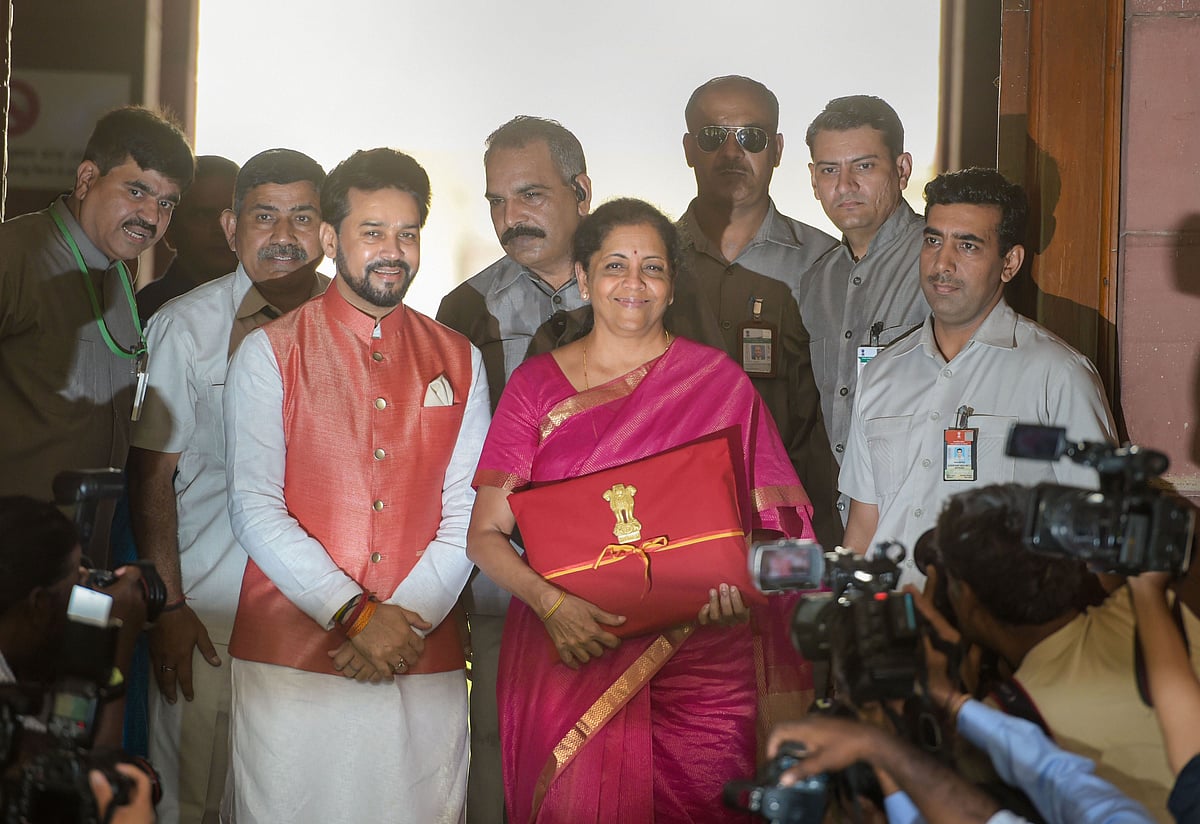Finance Minister Nirmala Sitharaman will present the Union Budget 2021–2022 on 1 February. One of its unique aspects is that it’s not going to be a voluminous tome — the Finance Ministry will be going digital.
Unlike previous years, the budget documents will not be printed this year following the COVID-19 protocol, and will instead be distributed electronically to the MPs.
Earlier, Lok Sabha Speaker Om Birla had said the first part of the budget session will start on 29 January and continue till 15 February, and the second part will be from 8 March to 8 April.
He had also said that the Rajya Sabha will function from 9 am to 2 pm, and the Lok Sabha from 4 pm to 9 pm with Zero Hour and Question Hour.
On 23 January, Sitharaman, Minister of State for Finance Anurag Thakur, and senior finance ministry officials had participated in the symbolic 'Halwa Ceremony' that marks the beginning of the compilation of budget documents.
However, understanding the budget in its entirety is a difficult process as it involves complex terms that are indicators of the country’s financial performance. So, while the countdown for Union Budget 2021 has begun, let us first understand what fiscal policy means.
What is fiscal policy?
It is a blueprint of estimated taxation and government spending. Fiscal policy denotes adjustments in spending level and tax rates, serving as a key instrument to monitor the country’s economic position.
Through it, the government controls the flow of tax revenues and public expenditure to navigate the economy.
The different components of fiscal policy are tax policy, expenditure policy, investment or disinvestment strategies, and debt or surplus management. Fiscal policy is an important constituent of the overall economic framework of a country and is, therefore, intimately linked with its general economic policy strategy. Along with monetary policy, fiscal policy plays a crucial role in managing a country’s economy.











